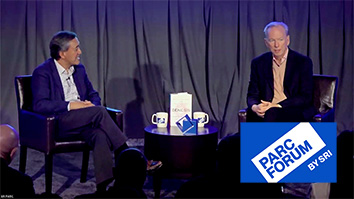Citation
Nelaturi, S., & Shapiro, V. (2015). Representation and analysis of additively manufactured parts. Computer-Aided Design, 67, 13-23.
Abstract
Representations of solid models were initially formulated partially in response to the need to support automation for numerically controlled machining processes. The assumed equivalence between shape, topology, and material properties of manufactured components and their computer representations led to the practice of modeling and simulating the behavior of physical parts before manufacture. In particular, representations of shape and material properties are treated in distinct nominal models for most unit manufacturing processes. Additively manufactured parts usually exhibit deviations from their nominal geometry in the form of stair-stepping artifacts and topological irregularities in the vicinity of small features. Furthermore, structural properties of additively manufactured parts have experimentally been shown to be dependent on the build orientation defining the cross sections where material is accumulated. Therefore geometric models of additively manufactured parts cannot be decoupled from the manufacturing process plan. In this paper we show that as-manufactured shapes may be represented in terms of the convolution operation to capture the additive deposition of material, measure the conformance to nominal geometry in terms of overlap volume, and model uncertainties involved in material flow and process control. We then demonstrate a novel interoperable approach to physical analysis on as-manufactured part geometry represented as a collection of machine-specific cross sections augmented with boundary conditions defined on the nominal geometry. The analysis only relies on fundamental queries of point membership classification and distance to boundary and therefore does not involve the overhead of model preparation required in approaches such as finite element analysis. Results are shown for non-trivial geometries to validate the proposed approach.


